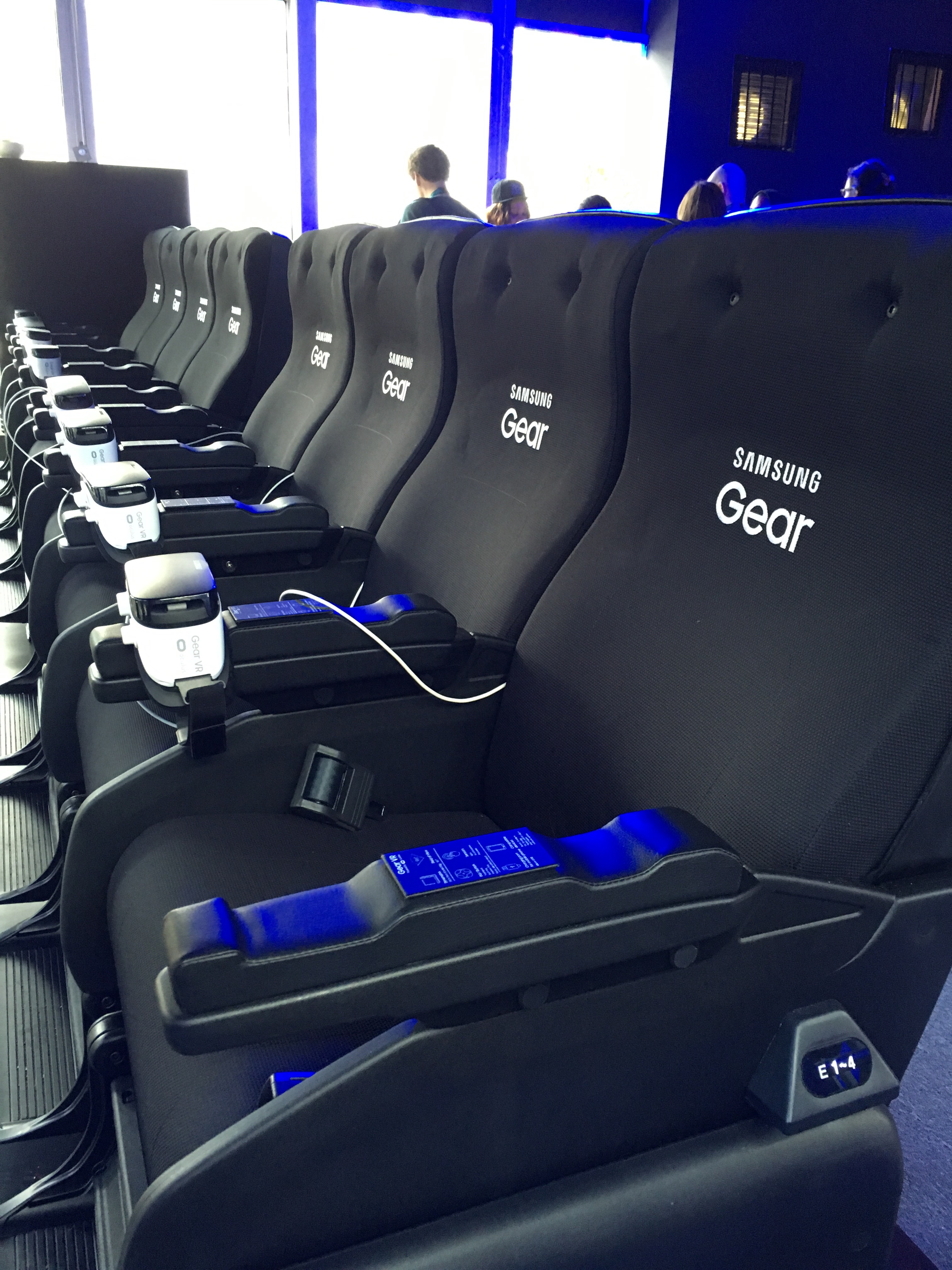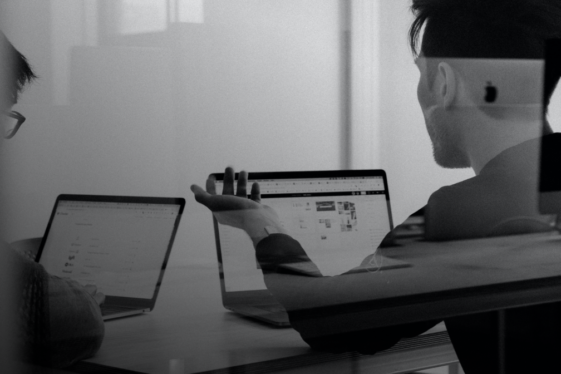Randall takes on South by Southwest

One of The Web Development Group’s talented website designers, Randall, attended the infamous South by Southwest. Returning from Austin, Texas to Old Town Alexandria, he brought back with him tons of gained insight and plenty of innovative ideas. Here’s his take on the conference.
Randall says….
South by Southwest (SXSW) is the Super Bowl of tech conferences: loud, proud, and full of spectacle. For 11 days broken down across Film, Interactive, and Music events, Austin, Texas annually becomes the hub for creative and technological innovation and showcases. Keynotes, panels, workshops, and networking parties fill every waking hour (and some non-waking hours). I had the pleasure of taking part in the interactive track, and have four distinct thematic takeaways.
The future of interface is no interface at all
When Siri was introduced on iPhones, talking to a device was still a sci-fi novelty. Five years later, we can not only use our voice to control our devices, but just about every one of our senses. A common theme this year was the drive towards “smart” technology that is not made intelligent by its function, but rather by how intuitively we can use our bodies – not screens – as the input method. This new direction for interfaces is centered around combining natural language and all of our senses to communicate
A few examples:
Use your voice with Amazon’s Alexa to bank with Capital One
Amazon’s Alexa is the new kid on the block, and Capital One was proud to announce that it is the first financial institution to get an integration with the technology. Amazon’s swiss-army-knife of a personal assistant that can play music, read the news, order pizza, call a cab, and now pay off your credit card – all using natural language voice commands.
Phillips Hue Lights
Your lights can be smart too! Use your voice and a smartphone (Alexa) to control your lights and set advanced behaviors for your home accent lighting, such as blinking when it rains, turning orange at sunset or turning on when you come home.
Meta 2
The possible future of computing, the Meta 2 hopes to create an entire operating system driven by principles of neuroscience, and without any reliance on additional hardware like a mouse and keyboard. Using the Meta, the physical and digital worlds seamlessly intertwine as the wearer uses their hands and their voice to manipulate digital items. With advanced AR like this, your body becomes the input device.
Of course, these are just a few examples. Get a broader look at more devices using more input types with your body at http://www.slideshare.net/GregCarley1/sxsw-2016-human-ui
Virtual Reality/ 360 Experiences are an Increasingly Big Deal
Virtual reality and augmented reality (VR, AR), while niche, are promising new fields for computing, gaming, and entertainment. With the release of the highly anticipated Oculus Rift, VR is beginning its foray into the hands of consumers. South by Southwest is taking the onset of VR seriously with the introduction of an entire VR/AR track, and major brands are listening. Samsung, McDonalds, the PGA, and many others all came out swinging this year with unique VR experiences.
Companies are eager to ride the VR train because of just how much it can enrich an experience. When I first tried Oculus in 2014 it was magical, and it’s only getting more sophisticated each month. What makes VR feel special is the ability to feel completely transported somewhere else – you can move your head in any direction without any latency whatsoever – providing a feeling of digital immersion that simply cannot be topped by even the slickest TV. The applications beyond gaming are numerous – realtime 360° tours, feature-length films viewable in every direction, but you know – mostly video games for now.
Seamlessness Between Devices is More Important than Ever
In our ever expanding multi-device world, people are constantly bouncing between internet connected devices: wearables, phones, computers, tablets etc. Studies suggest that people switch devices as many as 21 times per hour, and that 67% of people start shopping on one device, but finish the task on an entirely different device. This is huge – not only must sites natively function on every device, there’s an increasing expectation that they will communicate immediately and let the user pick up where they left off instantaneously.
This dilemma is not exclusive to multiple digital devices conversing to one another – currently bridging physical objects to internet-connected devices is shockingly underutilized. Digital-to-digital and physical-to-digital handoffs are a known pain point, and as luck would have it, both of these problems have already been solved.
Using Beacons to Bring the Internet to Ordinary Objects
Using a small bluetooth beacon, a web url can be contextualized to an object – for example, if you’re at a bus stop, a beacon could be used to easily access a schedule or bus route. If you’re at a movie theater and are near a poster for a movie, you could look up showtimes. On smartphones, these items can easily be discovered in the widgets.
Using software to pass information
Using either software or physical proximity, there are multitudes of ways to make devices communicate. Samsung already has Flow which lets the user send content between their computer, tablet, phone, and smartwatch. It’s a an excellent step towards device seamlessness. For a more off the wall example, check out the THAW – which lets you be much more physical with communication between devices.






